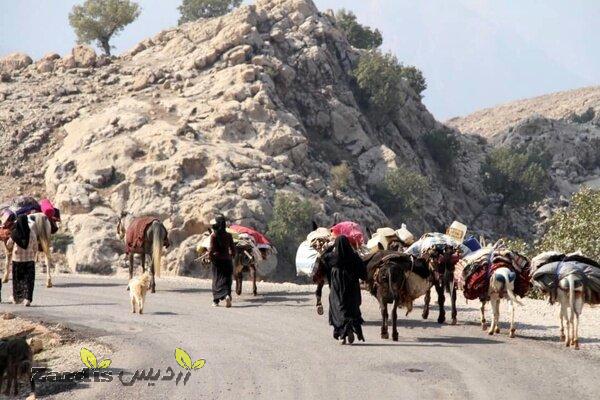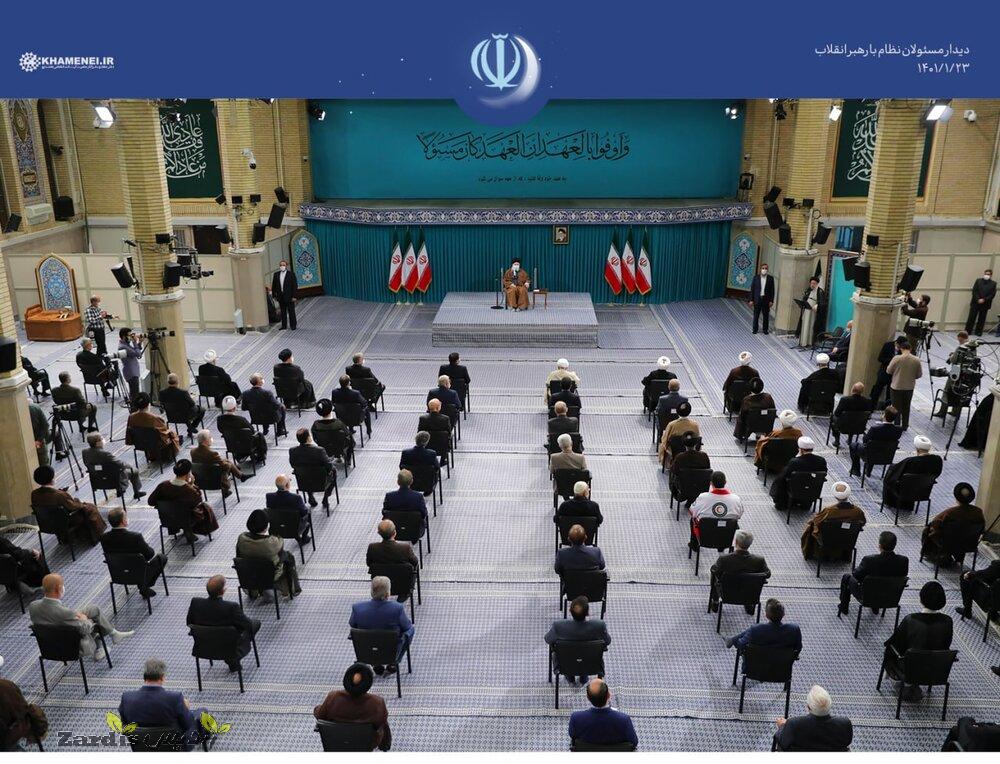TEHRAN – Iran is preparing a dossier for ancient routes and paths used by its Bakhtiari nomads to be submitted to the United Nations Educational, Scientific and Cultural Organization in near future, ILNA reported on Tuesday.
“A comprehensive archeological, ethnographic and ecological survey on the nomads’ roads, scattered across Andika county in southern Khuzestan province, has been started,” Andika’s tourism chief Seyyed Ali Musavi said.
Bakhtiari nomads live a life defined by the tradition of migration and the ability to adapt to climatic conditions and the natural environment, the official explained.
This tribal lifestyle is one of the most prominent characteristics and symbols of Bakhtiari culture, and it could be added to the UNESCO’s prestigious list as one of the oldest living cultures, he added.
Iran has a culturally diverse society dominated by a wide range of interethnic relations. It is home to about 20 ethnic groups who live in different regions of the country.
Apart from modern roads, highways, and bridges that are ubiquitous in modern Iran, there are still arduous paths, flattened by the feet of nomads and the hooves of their livestock in the ever-repeating movement of migration for millennia.
Migration is a way of life for nomads because herding cattle is their main source of income. In spring they with all their belongings head for the cooler pastures usually in mountain hillsides where the grass is abundant for their flocks of sheep and goats. And in autumn they return to previous tropic plains as their well-fed livestock getting stronger to bear the winter.
With 24 entries, Iran ranks 10th in the world in terms of the number of historical monuments and sites registered on the UNESCO World Heritage list.
Amongst the UNESCO-designated sites in Iran are “Arg-e Bam” (Bam Citadel) that represents an outstanding example of an ancient fortified settlement, “Bisotun” in western Kermanshah province, which is notable for its Achaemenid-era inscription carved on a limestone cliff, lavish “Golestan Palace” in downtown Tehran which is a masterpiece of the Qajar era (1789 to 1925), and millennium-old “Gonbad-e Qabus” which is a mudbrick tomb tower for Qabus ibn Wushmagir.
ABU/AFM
Zardis news | The latest news of Iran and the world
All rights reserved for "Zardis news"It is protected and any copying without mentioning the source is prohibited.
Pursuant to Article 12 of Chapter 3 of the Cybercrime Law, copying the format and content will be prosecuted.







